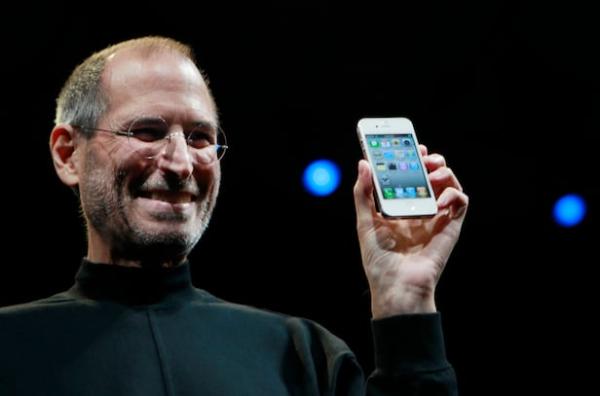Steve Jobs' Battle with Pancreatic Cancer and His Unconventional Dietary Choices | ||
 232 232  0 0  0 0 | ||
| The story of Steve Jobs' battle with pancreatic cancer has resurfaced, highlighting his commitment to a strict vegetarian diet even while fighting the disease.
Jobs' Diagnosis and TreatmentJobs was diagnosed with pancreatic cancer in 2003 and succumbed to the illness in 2011 at the age of 56, after an 8-year battle. Lee Nak-jun, a web novelist and ENT specialist, clarified Jobs' diagnosis on a KBS 2TV program, "The Secret of Celebrity Soldiers." According to Lee, Jobs had a pancreatic neuroendocrine tumor, a type of solid tumor, rather than pancreatic cancer. Lee explained, "Neuroendocrine tumors arise from the intermingling of the nervous system and endocrine tissue. The pancreas is located towards the back. Sudden back pain, or the onset or worsening of diabetes when blood sugar levels were previously normal, should prompt a checkup." While pancreatic cancer has a high mortality rate, pancreatic neuroendocrine tumors have a relatively favorable prognosis, with a 5-year survival rate of 96%. Jobs discovered the tumor during frequent hospital visits for kidney stones. Although early detection offered a chance for a complete cure, Jobs was reluctant to expose his body. He initially refused surgery, opting for various dietary therapies to combat the disease.
In June 2010, Apple CEO Steve Jobs is pictured holding an iPhone 4 and smiling at the iPhone 4 launch event./AP-Yonhap News
Jobs' Strict Dietary Regimen and ConcernsJobs was deeply influenced by "Mucusless Diet Healing System" by German nutritionist Arnold Ehret. The book promotes the idea that all diseases stem from mucus, which accumulates from consuming meat and dairy products. Vegetables and fruits, on the other hand, were believed to eliminate mucus. Jobs embraced this philosophy and reportedly fasted and underwent colon cleansing with water for health benefits. Lee Nak-jun criticized Jobs' dietary choices, stating, "Fasting can induce a temporary feeling of euphoria. The breakdown of fat and muscle produces ketones that act like glucose. This can create a sensation of lightness and mental clarity, but it is an illusion. Cancer patients should never do this. It weakens the body, preventing surgery and chemotherapy. Colon cleansing also disrupts the gut microbiome and causes the loss of fluids and electrolytes. This is acceptable for healthy adults, but why would someone with an illness do this? I find it incomprehensible, especially coming from someone steeped in science." As the tumor grew, Jobs underwent surgery in July 2004, nine months after diagnosis, to remove the pancreas and duodenum. Despite the major surgery, he continued to primarily consume fruit smoothies. Lee cautioned, "Even healthy people shouldn't only drink fruit juice. You need to eat more diligently. Protein intake is vital. Fruits are high in sugar, and the pancreas has to secrete insulin, but its function is impaired. Giving sugar is like feeding cancer cells. Elevated blood sugar places additional strain on the weakened pancreas, creating a vicious cycle."
Later Treatments and LegacyIn 2009, as his condition worsened, Jobs underwent a liver transplant. He assembled the best medical team and personally selected his treatment plan, always accompanied by his son, Reed Jobs. Motivated by his father's illness, Reed Jobs aspired to become a doctor. In 2023, at age 31, he founded a venture capital firm focused on investing in novel cancer treatments. Tags: 2010 Launch Apple CEO Fruit Juice IPhone 4 IPhone Release Pancreatic Cancer Pancreatic Neuroendocrine Tumors Product Announcement Steve Jobs Unconventional Dietary United States | ||
| ||
| | ||
|
 3224
3224 